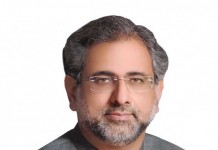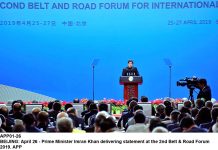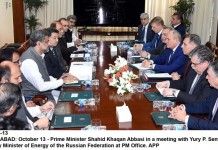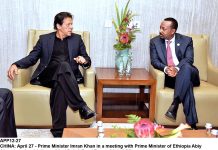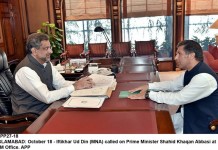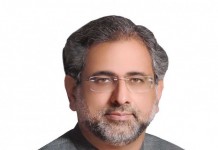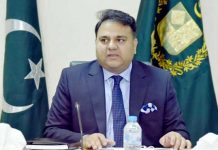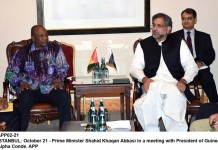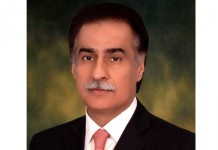
The committee in a meeting decided to raise the policy rate to 8.75 percent, as risks related to inflation and the balance of payments had increased since the last meeting, while the outlook for growth had continued to improve, said the SBP statement.
The heightened risks related to inflation and balance of payments stem from both global and domestic factors. Across the world, price pressures from COVID-induced disruptions to supply chains and higher energy prices are proving to be larger and longer-lasting than previously anticipated.
In response, central banks have generally begun to tighten monetary policy to keep inflation expectations anchored. In Pakistan too, high import prices have contributed to higher-than-expected CPI, SPI, and core inflation outturns.
At the same time, there are also emerging signs of demand-side pressures on inflation and inflation expectations of businesses have risen on account of further upside risks from domestic administered prices. With respect to the balance of payments, the current account deficits in September and October have been larger than anticipated, reflecting both rising oil and commodity prices and buoyant domestic demand.
The burden of adjusting to these external pressures has largely fallen on the rupee. As a result of these developments, the balance of risks has shifted away from growth and toward inflation and the current account faster than expected.
Accordingly, the MPC was of the view that there is now a need to proceed faster to normalize monetary policy to counter inflationary pressures and preserve stability with growth.
The rate increase is a material move in this direction. Looking ahead, the MPC re-iterated that the end goal of mildly positive real interest rates remains unchanged and, given today’s move, expects to take measured steps to that end. In reaching its decision, the MPC considered key trends and prospects in the real, external and fiscal sectors, and the resulting outlook for monetary conditions and inflation.
Real sector: The economic recovery underway since the start of the fiscal year 2020-21 continues, as reflected in most high-frequency indicators of domestic demand including automobile sales, POL (petroleum, oil and lubricants) sales, and electricity generation as well as the strength of imports and tax revenues.
Notwithstanding some moderation in September due to a high-base effect and some supply chain disruptions, large scale manufacturing registered broad-based growth of 5.2 percent year-on-year in the first quarter of the current fiscal year, led by production of consumer goods (both durable and non-durable), construction-allied, and export industries. In agriculture, production levels of all major Kharif crops except cotton are estimated to have reached all-time highs.
Cotton production has also rebounded, with arrivals at ginneries growing by 80 percent as of 1st November compared to the same period last season. Overall, the economic recovery appears increasingly durable and self-sustaining, against the backdrop of rapidly falling COVID cases and the government’s vigorous vaccination roll-out.
Looking ahead, rising input costs and normalization of macroeconomic policies are likely to lead to some moderation in the growth of industrial activity. Nevertheless, this could be more than offset by the improved outlook for agriculture, such that risks to the growth forecast of 4-5 percent in financial year 2021-22 are tilted to the upside.

